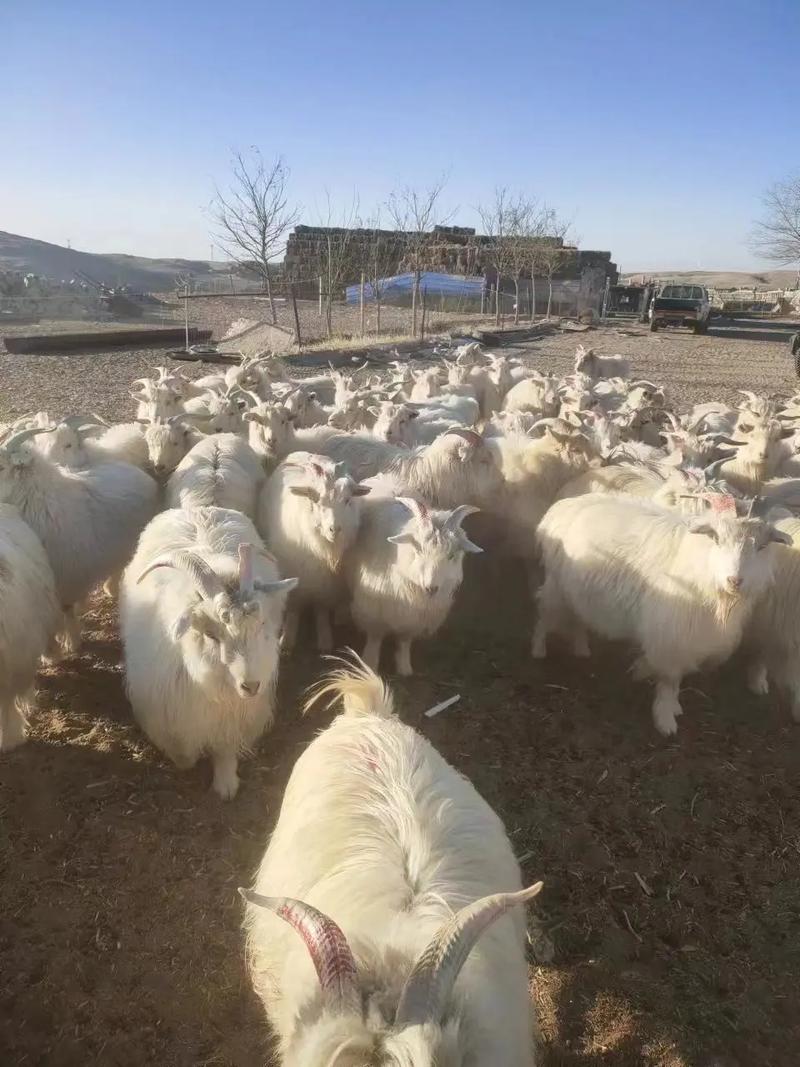The estimation of fetal age in ewes is based on various measurements of sheep using B-ultrasound images, such as the development of embryonic vesicles, embryonic length (head hip length), head measurements, especially biparietal diameter and occipital nasal length. In addition, breast diameter, fetal heart rate, and the size of cotyledon embryonic form were also used.

Two parameters are relatively easy to measure and frequently used, embryo length and biparietal diameter. The first one is based on the distance between the neck and tail. The measurement value steadily increases at a rate of 1.1 to 1.4 millimeters per day. The relationship X2 between embryo size and fetal age between 20 and 40 days of pregnancy was established using transrectal ultrasound with a 7.5 MHz probe (Schrick and Inskeep 1993) according to the equation Y=14.05+1.16 X-0.012.
Estimation of fetal age of ewes using B-ultrasound detection
The second parameter is related to the measurement of biparietal diameter through the rectum. In sheep fetuses, a high correlation coefficient (r=0.96) between this parameter and fetal age was observed between day 32 and day 90. Between the 49th and 109th day of pregnancy in ewes, a similar correlation was established using the transabdominal route from 10 weeks before lambing to calving.
Breeders rarely require all of these measurements used to estimate embryo or fetal age, but researchers are more interested in verifying the normality of fetal development in in vitro fertilization or cloning events. The most reliable and easily obtainable measurements for determining fetal age for routine diagnosis are embryo size and biparietal diameter.
In summary, sheep can determine the number of fetuses and the advantages of pregnancy stage by measuring embryos or fetuses with B-ultrasound.
tags: B-ultrasoundultrasound


